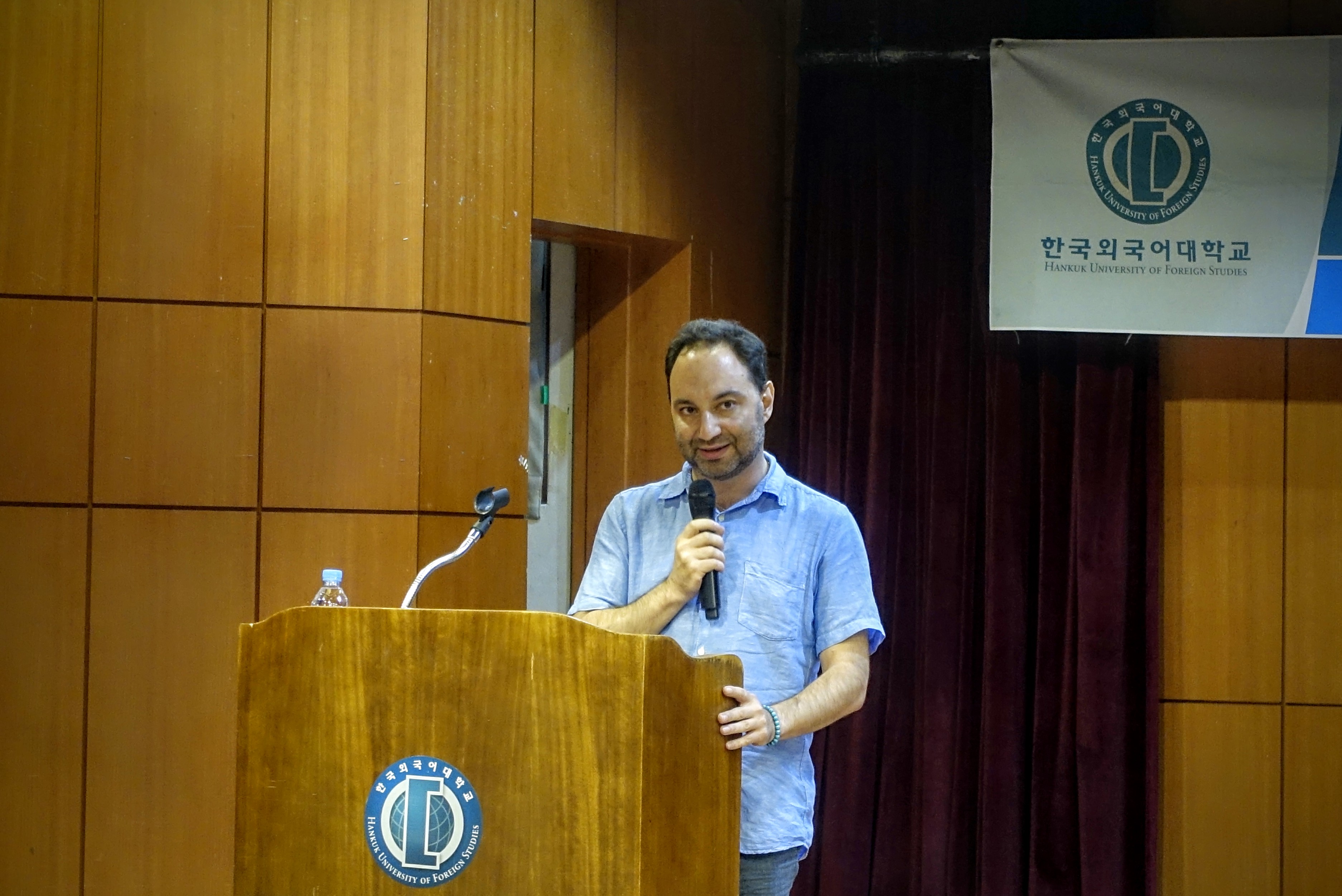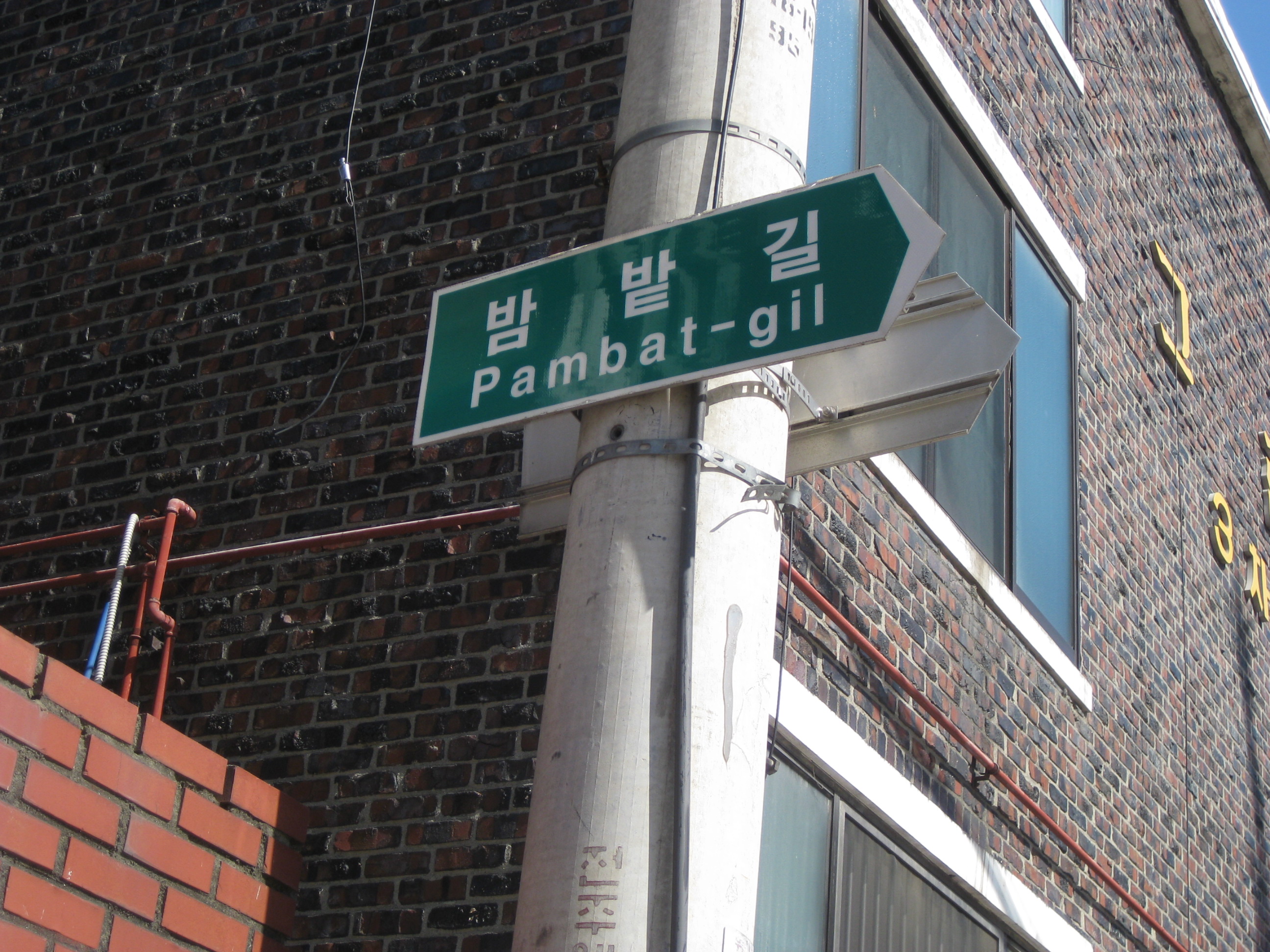Once a year, Orthodox Jews take the Torahs out of the case and dance around with them drunkenly. It’s the raucous, joyous holiday of Simchas Torah, which celebrates the end and beginning of the annual cycle of reading the Five Books of Moses. You finish, you start over again. Yay!
This isn’t our typical way of learning in Western culture. We tend to learn sequentially, hierarchically: grade by grade, level by level. Working biologists aren’t expected to go back through their high school bio textbooks, and few of us reread the novels we read then, even though they were written for adults and not for the children we were at the time. (The Old Man and the Sea doesn’t hold up that well, but The Great Gatsby makes a lot more sense, and Holden Caufield’s prep school whinging is easier to take when you’re not reading it in a shitty public school.)
In language learning too, there are levels and hierarchies. By rights, my Korean is advanced intermediate or thereabouts. I’m certainly well past the beginner level, able to have real conversations with complicated grammar and vocabulary.
And yet.
Jews read and reread the Torah not because it’s new, or because they forgot what happens. (Spoiler alert: The Jews win and Moses dies.) We study because each time we can go deeper, or find something new that we’d overlooked the last time.
Language study is like that too. Have you ever gone back through an old chapter of one of your language textbooks, something you’re now way past? You’ll find that once knotty and intractable passages are now easy to understand. And you’ll also find vocabulary and grammar you’d forgotten, or that you couldn’t get then but can now.
With that in mind, I’m rereading my Korean language textbooks from the beginning. It’s not that I’ll finally learn how to say hello or what’s for breakfast. But already, even in the first chapter, I’m bumped into a few words I’d long forgotten, a few concepts that had slipped my mind.
Learning isn’t always about moving forward. Sometimes you get more by going back over the same ground and seeing what you missed the first time.




 Today marks the one-year anniversary of my current self-guided Korean language study program.
Today marks the one-year anniversary of my current self-guided Korean language study program.
